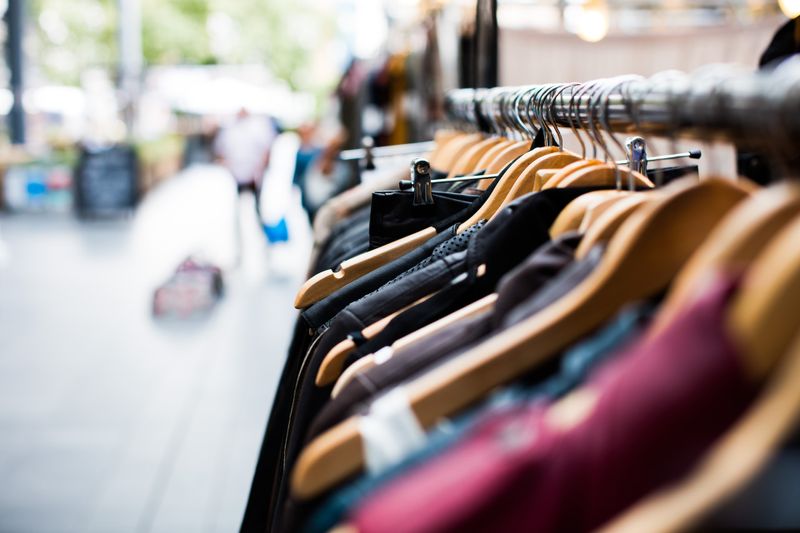In the picturesque setting of Venice, a crucial forum was held that put sustainable fashion in the spotlight.
The Venice Sustainable Fashion Forum was a two-day event that gathered experts, textile industry representatives, and government officials to address the challenges and opportunities of sustainable fashion.
In this article, we will explore the key points that emerged from this forum, which discussed the lagging industry, the need for uniform investment and standards, and the key role fashion can play in combating climate change.
Promoting economic transition in the textile sector

The president of Confindustria Veneto Est, Leopoldo Destro, opened the forum with a strong appeal to the government to implement an investment plan aimed at green transition in the textile sector.
He also stressed the importance of having homogeneous and flexible regulations, as regulatory changes during the process can waste time and resources. This reminder highlights the need for coordinated action to make the fashion industry more sustainable and affordable.
An industry with a lag to catch up
Flavio Sciuccati, director of the Global Fashion Unit at The European House - Ambrosetti, highlighted the fashion industry's lag behind other sectors, despite the fact that it represents the world's largest industry by turnover, with a value of $3 trillion. This lag is even more significant considering that other sectors are already ahead in the transition to sustainability, having embarked on the path before fashion.
A new economy needed
The president of Sistema Moda Italia, Sergio Tamborini, stressed the need to move away from the business model that produces 150 billion garments annually, as it is no longer sustainable. He highlighted the need for a producer responsibility system and the formation of an international workforce, as by 2030 Italy risks facing a shortage of nearly two million workers.
The environmental challenge and the role of fashion
Virginijus Sinkevicius, European Commissioner for the Environment, denounced the extensive environmental impact of the textile industry. He stressed that the "produce-make-use-throw-away" cycle is no longer sustainable and highlighted the need for products designed from the start to last, be repairable and reusable. Sinkevicius also raised a crucial question: can and must fashion, despite its dynamic nature, adapt to change to become sustainable?
Conclusion
The Venice Sustainable Fashion Forum marked a significant step toward more sustainable fashion. Calls for investment, uniform standards, and a change of mindset in the industry have become clear and urgent. Fashion, although intrinsically linked to change and innovation, must now embrace a more responsible and sustainable approach.
This event demonstrated that the textile industry has the potential to become a leader in the fight against climate change, but coordinated action and shared will are needed. The path to sustainable fashion is underway, and Venice was the stage for this important conversation.

